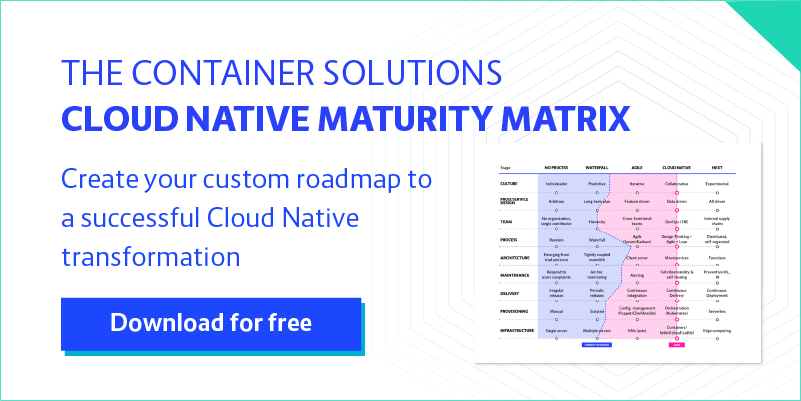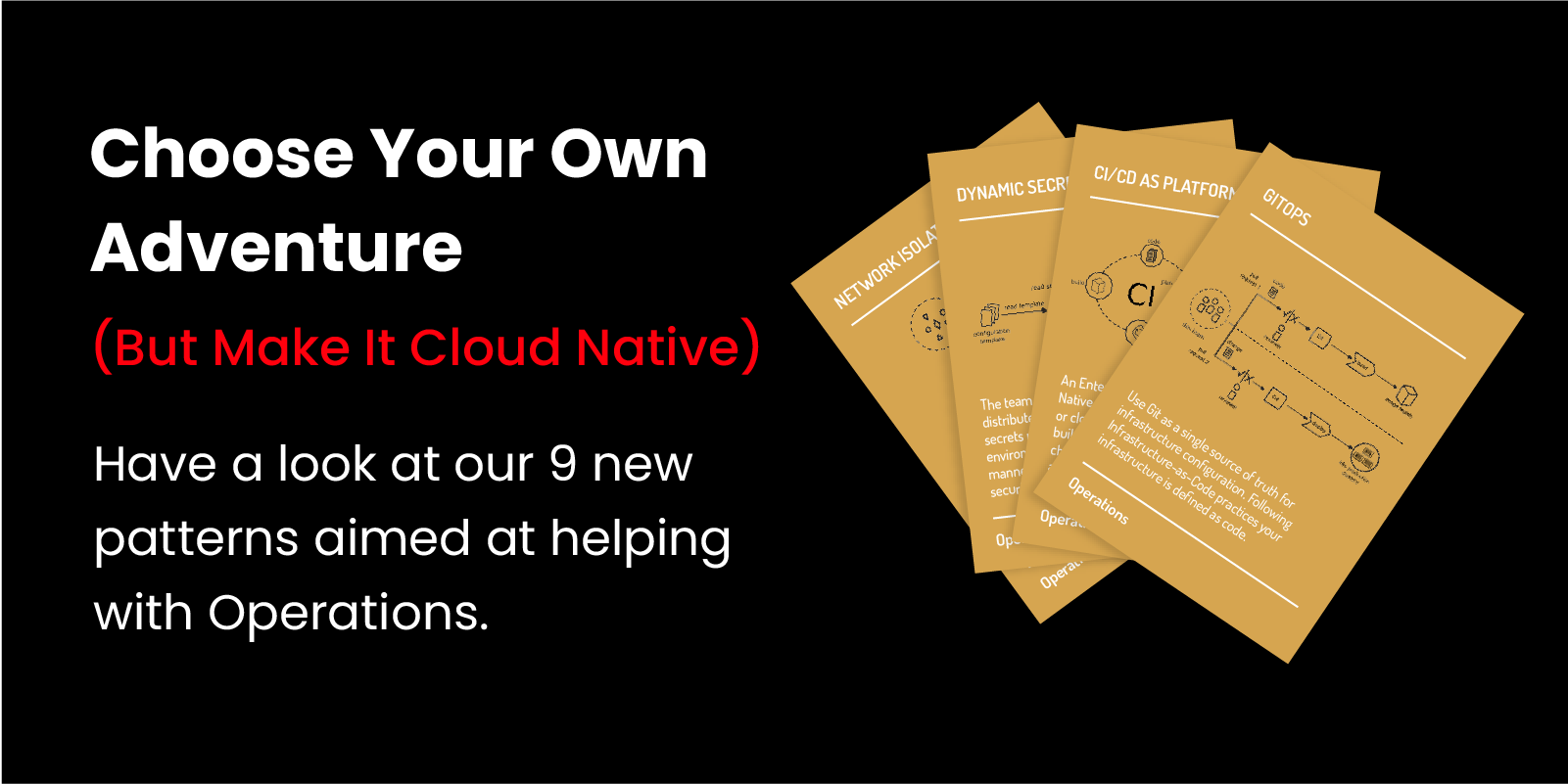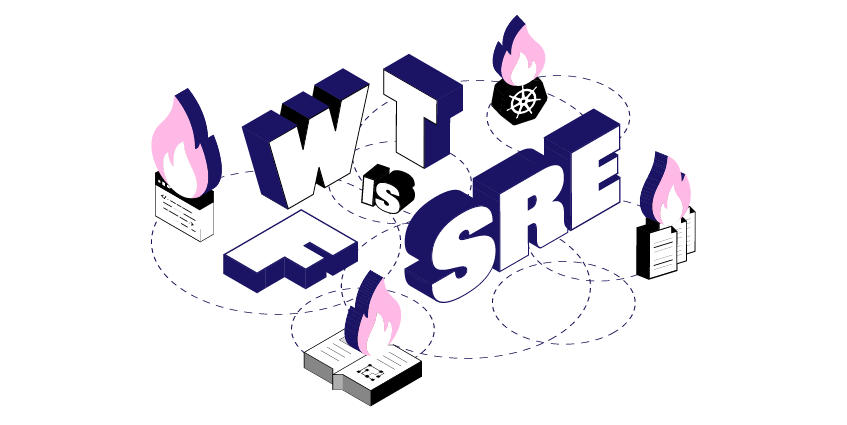Use the Production Readiness Review (PRR) to discover if you can keep core business going while:
• Scaling up
• Speeding up
• Rolling out new features
• Responding to changing customer needs
• Innovating
.png)
It is a fast-paced assessment of the reliability and availability of your organisation's Cloud Native systems and services.
Through a series of interviews and infrastructure reviews, we assess your systems' change management, observability, resiliency, emergency response and security.
.png?width=330&height=330&name=PRR%20Infographic%20(1).png)
The PRR will result in your
Reliability Score:
a metric you can use to understand
and benchmark the stability of your
systems, and ultimately how ready
they are to do what they’re designed to do.
Most companies have a Reliability Score of 60%
(reliability score is not the same as uptime)
It asks and answers:
• How ready are you to roll out new features?
• Are you aware of gaps in your system before users are?
• What's in your way of achieving less downtime?
• What proactive maintenance can you do?
• Who is responsible for reliability?
• Is system availability being mistaken for system reliability?
| Are your guarantees of reliability (SLIs, SLOs and SLAs) realistic and honest? |
|
The Production Readiness Review (PRR) will help you:
Validate your error budgets,
SLIs, SLOs and SLAs
Get full observability of your organisation's systems.
Reveal low-risk, high-impact next steps for increased reliability.
The Production Readiness Review (PRR) will tell you exactly how reliable your Cloud Native systems are for its users and customers, as well as where your reliability gaps are and how to close them.
When should you do a Production Readiness Review (PRR)?
• As you're defining Service Level Agreements (SLAs)
• As you move from one stage of your digital transformation to the next • Before your organisation starts Site Reliability Engineering (SRE)
• As you're forming an SRE team
• As you develop your operations strategy
• When your systems start evolving
• With each pipeline that you build
• When you add features
• When you're losing track of downtime
• When you plan to increase uptime
• To decrease chances of engineer burnout
As services and systems evolve, reliability gaps are created.
Therefore, reliability needs to be re-evaluated throughout stages of a cloud migration and digital transformation.
The PRR could happen throughout a cloud migration or at multiple stages of Cloud Native maturity. As services evolve, system reliability needs to be re-evaluated.
It takes place over 4-5 days and is designed to be low-touch.
PRR outcomes and steps towards more reliable systems

The PRR will enable:
• you to create error budgets to see how much time you have to experiment in ways that won’t damage the reliability of your applications
• less unnecessary ‘3 am’ wake ups for your engineers
• you to discover how to find gaps in your systems before your customers do
• less downtime
• more time to develop new features
 |
 |
 |
The PRR could happen throughout a cloud migration or at multiple stages of Cloud Native maturity. As services evolve, system reliability needs to be re-evaluated.
It takes place over 4-5 days and is designed to be low-touch.
CS Preparation
Architectural Review
We assess the application landscape, change management, technical implementations, emergency response, security and observability of your systems.
Interviews
We gather information from ops and product dev teams, and assess it through the lens of business goals and views shared by senior leaders and executives.
CS report formulation to reveal critical blockers as we as the reliability score.
Defining steps to become production-ready
.png)
Get insight into creating more reliable systems

Your Ops can make room for innovation... or get in its way.

Shift happens. How can you get ready for change?

Which SRE techniques translate to org resilience?

Patterns don’t lie. Our Ops patterns help you see where you are and what step to take next.

Create self-healing systems and keep your engineering teams inspired.
